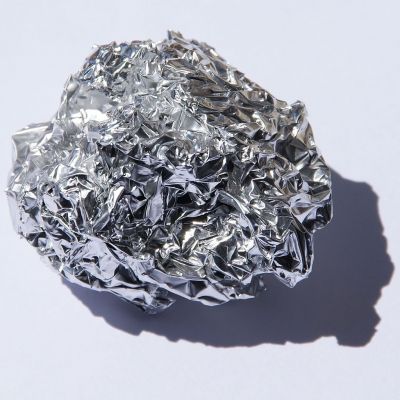New wrought aluminium alloys for high temperatures

Aluminium
By Jurii (http://images-of-elements.com/aluminium.php) [CC BY 3.0 (http://creativecommons.org/licenses/by/3.0)], via Wikimedia Commons
Lightweight aluminium (Al) alloys are an important pillar of aircraft development. With predicted future service conditions requiring higher operating temperatures, scientists explored new wrought alloys and thermal treatments to improve properties.
Wrought alloys are ingots or billets made for subsequent hot and or cold casting processes. Wrought Al alloys are known for their high strength and easy workability to create the desired final forms. The EU-funded project ALT was initiated to identify novel wrought Al alloys for high-temperature applications.
The consortium brought together two research institutions, one studying non-ferrous metallic materials and their characterisation and the other investigating the recycling and recovery of metals. An Al alloy manufacturer rounded out the technical research with a study of cost, environmental aspects and industrialisation.
Scientists selected 24 different formulations of alloying elements and their combinations using the Taguchi method for factorial design of experiments. The wrought alloy ingots were extruded and samples were then tested for heat resistance. This methodology determines the minimal number of experiments required to provide full information about all factors affecting the performance parameter. Its goal is a high-quality product at low cost to the manufacturer. Promising preliminary results of tensile properties at both room temperature and 250 degrees Celsius led to selection of two formulations for further testing. Both were Al-copper (Cu) alloys differing in Cu content.
During the second year, the two most promising candidates were subjected to tests of formability, recyclability, creep and tensile strength. In general, the Al-Cu alloys performed well, comparably to other alloys. The optimised heat treatment improved mechanical properties.
After a 1 000-hour ageing process at 250 degrees Celsius, the strength was also slightly higher than most other conventional alloys except for one premium wrought alloy and one casting one. However, the maximum foreseen strength was diminished due to formation of a continuous phase in the grain boundaries and the alloys are more expensive than the reference alloy. Potential future investigations could focus on modifications to the heat treatment to further increase mechanical properties at high temperature.
ALT conducted a comprehensive evaluation of promising Al alloys for future aircraft components exposed to high-temperature operating conditions. Deeper understanding of the behaviours of these alloys produced by ingot metallurgy points the way to future research directions to improve mechanical properties while reducing costs.
published: 2015-07-06

